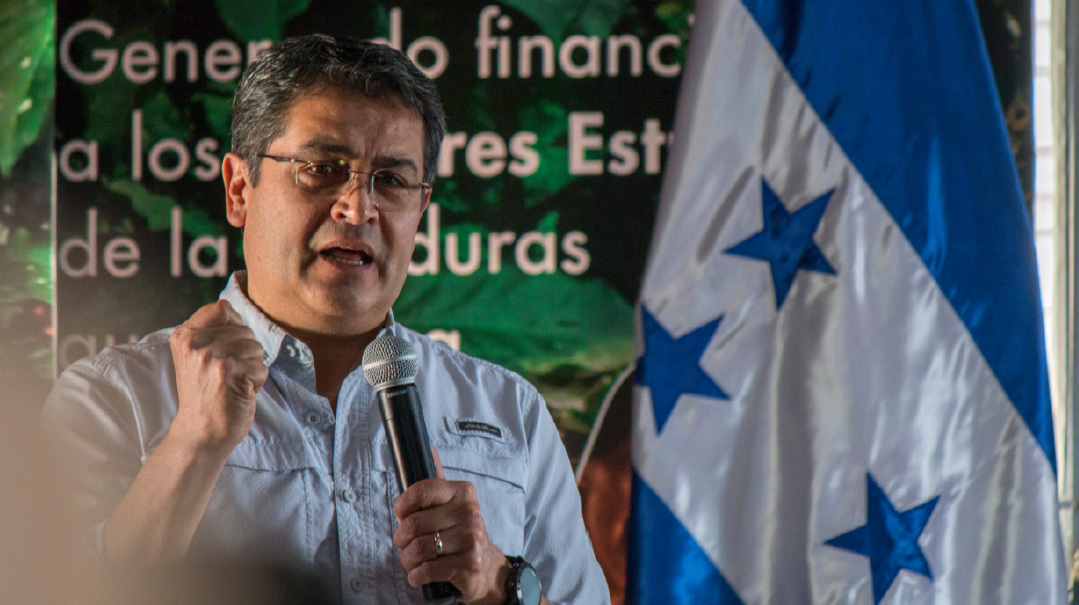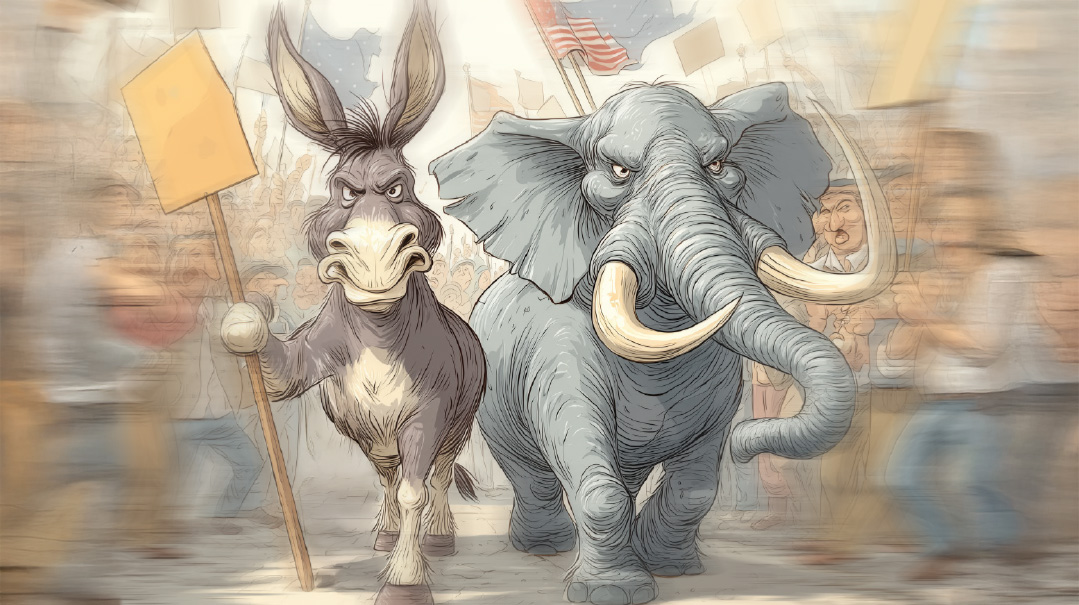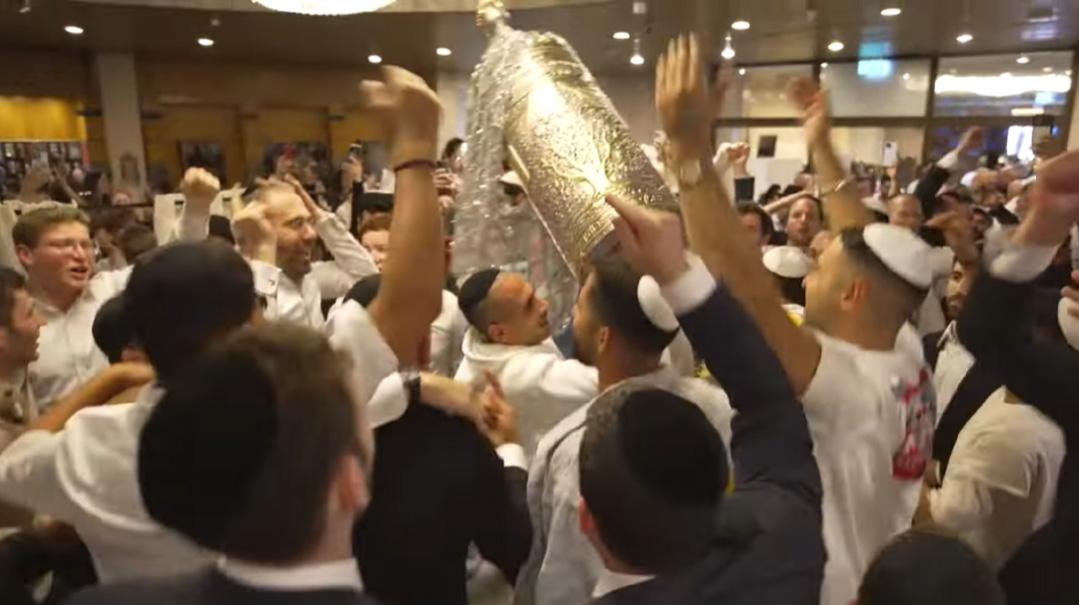The Exodus You Almost Passed Over

Am Yisrael’s founding was no less than a second Creation
I
f you are like me, your preparation for the Seder likely begins with learning the Haggadah, usually one of the new ones that appear annually. The problem with that approach, as you have probably discovered over the years, is that there is so much fascinating commentary on the opening paragraphs — which are essentially talking about talking (i.e., talking about the mitzvah of sippur yetzias Mitzrayim) — that one frequently finds little time on Seder night for the actual telling of the story of yetzias Mitzrayim. And without a focus on the actual story of our Redemption, it is difficult to achieve the goal of the Seder night, the feeling that we ourselves are being redeemed.
For those who have experienced the frustration of finding themselves rushed through what should be the primary focus of the Seder night, I recommend learning Rabbi David Fohrman’s The Exodus You Almost Passed Over (2016) this year, instead of the Haggadah. Rabbi Fohrman offers a close reading and thematic overview of the entire Exodus story.
Had Hashem just wanted to free our ancestors from slavery in Egypt, He could have done so without all the bother of Ten Makkos (Plagues). We could simply have left, for instance, during the Plague of Choshech (Darkness) when the Egyptians were powerless to get up from their beds and unable to see anything.
The Makkos and the Splitting of the Sea were teaching moments for both the Egyptians and for the Bnei Yisrael. They revealed to the world G-d, not just as the greatest power in a pantheon of powers, but as the sole Creator of the Universe. The goal was a complete refutation of pagan polytheism, with the dominant civilization in the pagan world of that time as the primary subjects of the demonstration.
The difference between polytheism and monotheism, Rabbi Fohrman emphasizes, lies not in the number of gods, but in their nature. The pagan gods live fully within nature. They share the same weaknesses and desires as human beings. They compete with one another.
Hashem, by contrast, exists entirely outside nature. He is the Creator of the natural world, but not part of it. He is HaMakom of all that exists. He cannot be defined or named in terms of anything other than Himself: “I will be that which I will be.”
The pagan universe is one in which might makes right. Within that universe, there can be no objection to Pharaoh’s oppression of his Hebrew slaves. Only a unitary Creator, Who brought the universe into being for a purpose, makes coherent concept of a moral order.
Finally, the pagan world related to their deities as angry forces who must be propitiated lest they unleash the forces of nature within their control in destructive ways. Fear of a stronger power was the sole religious emotion. But with the Creator-G-d, Who brought the entire world, including each of us, into existence, gratitude and love become the focus of religious service.
The contrast between the two world views is manifest the first time Moshe and Aharon appear before Pharaoh. They speak in the name of , the G-d of Israel (the name signifying the covenant between Hashem and the Avos), and demand, in His name, that Pharaoh, “send out My people that they may celebrate with Me in the wilderness.”
Pharaoh is uncomprehending. “I do not know Hashem ( ),” he answers. The concept of celebrating with G-d is foreign to him.
In response, Moshe drops the mention of Hashem, and refers to G-d as “Elokai (the strongest power) of the Hebrews.” And the reason given for the Hebrews going out to the desert is no longer to celebrate but to offer sacrifices lest they be struck by pestilence or the sword.
Pharaoh will have to be educated before he can comprehend a unitary Creator-G-d. The Makkos are the instrument of his education. And lest he falter and succumb to a superior force before the demonstration of Hashem as the Creator-G-d is complete, Rabbi Fohrman argues (following Seforno), Hashem strengthens his heart to allow him to continue in his stubborn refusal to recognize reality.
The Makkos prove that there is one Creator-G-d. First, by demonstrating Hashem’s control over every aspect of the world: water, land, and air. Occam’s razor dictates that Pharaoh abandon any theory positing an alliance of deities at work. The pagan gods are not known for their teamwork, and at some point it becomes clear that there is one power controlling all the forces of nature, not an alliance of gods, each controlling one particular force.
The second point that Pharaoh cannot overlook is the precision of the Makkos. They come exactly at the time when Moshe and Aharon announce they will come, and they depart precisely when Moshe, acting upon Pharaoh’s instructions, prays for them to depart. And they distinguish completely between the Egyptians and Bnei Yisrael. After the plague of Pestilence, Pharaoh investigates to determine that of “the livestock of Israel not even one had died,” (Shemos 9:7), as Moshe had foretold. Such precision is impossible for the pagan gods, who are in a perpetual state of contention with one another.
The climax of the demonstration comes with Hail, in which fire is frozen into hailstones. In the pagan pantheon of gods, the Fire god and Ice god are implacable enemies. Only a unitary Creator can combine them in one plague.
The definitive nature of Hail is conveyed in multiple ways. It is the only plague preceded by a warning of how its worst effects can be avoided by taking refuge indoors. A Creator-G-d might show compassion, even for a rebellious child, but a pagan divinity would not.
And when Pharaoh summons Moshe and Aharon to end the Hail, he for the first time introduces the language of morality — a language foreign to the world’s polytheistic deities — into the discussion: “This time I have sinned; Hashem is the Righteous One, and I and my people are the wicked ones” (Shemos 9:27). Now that the proof of the Creator-G-d is irrefutable, Pharaoh’s continued refusal to free Bnei Yisrael is rebellion against the G-d to Whom he owes his very existence, and therefore a sin.
AT THE OUTSET of his discussion, Rabbi Fohrman asks why the holiday is called Pesach in rabbinic literature. Isn’t Hashem passing over the houses of the Bnei Yisrael just a detail of one Plague, albeit the climatic one. And in the same vein, why should the mitzvah of peter chamor, which commemorates the sparing of the bechoros of Bnei Yisrael, be of such importance as to be included in our tefillin?
Even though, Hashem refers to Israel as “Bechori” at the outset of the confrontation with Pharaoh, that is a title that the Bnei Yisrael must still earn. The automatic immunity from harm in the preceding Plagues no longer applies; now, it must be secured with the blood of the Pesach sacrifice on their doorposts and lintels.
Only when they defiantly purchase lambs, the gods of the Egyptians, and tie them up in their houses bleating for four days, and then sacrifice them before their oppressors, do Bnei Yisrael transform themselves from a band of slaves into an independent nation, worthy to be Hashem’s bechor. As the Maharal explains at length, every aspect of that offering — the manner in which it is roasted, the way it is eaten, the age of the offering — proclaims Hashem’s Oneness. Bnei Yisrael have absorbed the lesson that there is one Creator-G-d.
That coming into existence of the Jewish Nation, Chazal teach us, is nothing less than a second Creation. The Midrash relates that as Bnei Yisrael passed through Yam Suf, fruit trees appeared on the side of their paths.
With that comment, Chazal are picking up on a parallelism between the Splitting of the Sea and Creation already explicit in the text. The Cloud of Glory that stood between Bnei Yisrael and the Egyptians lit up the night for the former and turned all to darkness on the side of the Egyptians, just as Hashem separated light from darkness on the First Day. The splitting of the waters at Yam Suf similarly paralleled the divisions of the Upper Waters from the Lower on the Second Day.
And on the Third Day the waters gathered revealing the dry land (yabashah), the same yabashah on which Bnei Yisrael passed through Yam Suf. Fruit trees appeared on the Fourth Day: Those described by Chazal are just the continuation of the same pattern of Creation renewed.
As Hashem’s bechor, the newly created nation assumed the same role toward the family of nations that the bechor serves within each family. The bechor receives a double portion because he is the vehicle of transmission of the parents’ values to their other children. So too are we to all the nations of the world — the means of bringing knowledge of our unitary Father and the moral universe He created.
In the second half of The Exodus You Almost Passed Over (which I have deliberately avoided discussing), Rabbi Fohrman suggests that there was a potential alternative Exodus in which our universal mission could have been realized even then. In that alternative Exodus, instead of drowning in the Sea, the Egyptian chariots and horseman would have accompanied Bnei Yisrael and given honor to Hashem, just as Egyptian chariots and horsemen accompanied Yosef and his brothers when they left Egypt to bury their father Yaakov in Eretz Canaan.
And though that universal vision of recognition of Hashem was not fulfilled then, it will be one day, as Yeshayahu (56:3) prophesies, “Let not the child of a gentile, who wishes to accompany [those who are with Hashem] say: Hashem ( ) has surely separated me from His people….”
Chag kosher v’samei’ach.
Originally featured in Mishpacha, Issue 704. Yonoson Rosenblum may be contacted directly at rosenblum@mishpacha.com
Oops! We could not locate your form.







